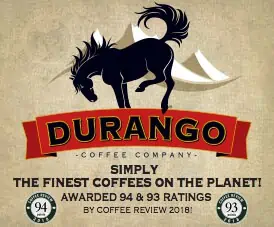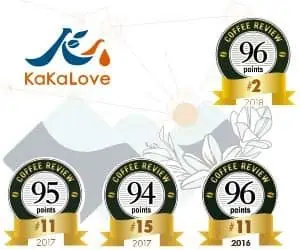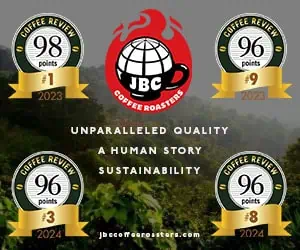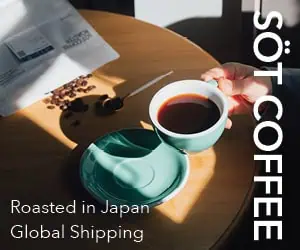Coffee buyers divide the world’s coffee production into three very broad categories: high-grown milds, Brazils, and robustas.
Both high-grown milds and Brazils come from trees that belong to the botanical species Coffea arabica. Arabica is the species that sold the world on coffee. It still grows wild in Ethiopia and was first cultivated in commercial quantities in Yemen at the southern tip of the Arabian peninsula. Coffea arabica was then carried around the world by coffee-hooked devotees, much as European wine grapes spread to form the basis of the world’s wine industry.
The differences between the arabica coffees that make up the high-grown milds and the Brazils categories are twofold: growing altitude and how much care is taken in picking and preparation. The arabica tree will not tolerate frost, nor will it flourish in extremely high temperatures. This means it grows best in certain well-watered, mountainous regions of the tropics. High-grown mild arabica coffees are cultivated at altitudes over 2,000 feet above sea level, usually between 4,000 and 6,000 feet. They are produced from fruit that is picked only when ripe and are prepared with care. The responsible specialty-coffee roaster uses only the finest high-grown mild coffees.
Use of the term Brazils to describe the next most preferred group of coffees is misleading, since Brazil also produces excellent mild coffees. As a trade term, however, Brazils refers to lower-grade coffees that are grown at relatively low altitudes and are mass harvested and carelessly dried. Most of these mass-produced arabica coffees are grown in Brazil, but some are produced in East Africa and the Pacific. These coffees, at worse, taste harsh, sour or fermented, at best display a middle-of-the-road, neutral flavor with a flat aroma. Most decent supermarket canned blends contain large proportions of Brazils or similar coffees, with smaller additions of high-grown milds.
Many other species of coffee tree grow wild in Africa, and one, Coffea canephora var. robusta, has advanced to major importance in world markets. The main advantages of robusta, as it is generally called by coffee professionals, are that it resists disease and that it grows successfully at lower altitudes than Coffea arabica. The bean, however, does not have the fragrance or flavor of the best arabica, or even of a decent coffee from the Brazils category, and, in general, demands the lowest prices in the world market.
Tasting a good quality, pure robusta is an eerie experience for a coffee lover. It looks brown like coffee and hefts like coffee on the tongue, but it has no flavor whatsoever beyond a vague sweetness. It also packs 30 to 40 percent more caffeine than Coffea arabica. Robusta is used as a component in the cheapest American commercial coffees, especially instant coffees.










